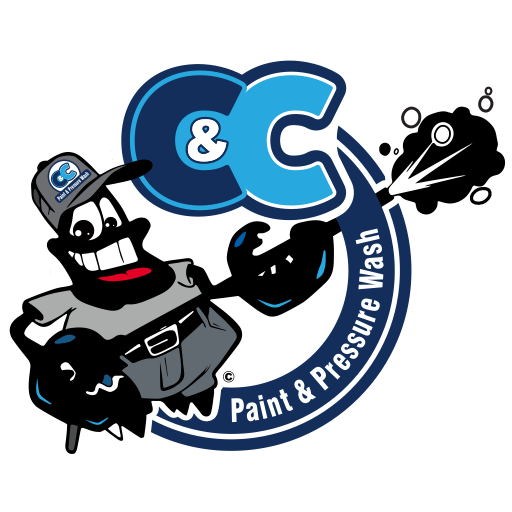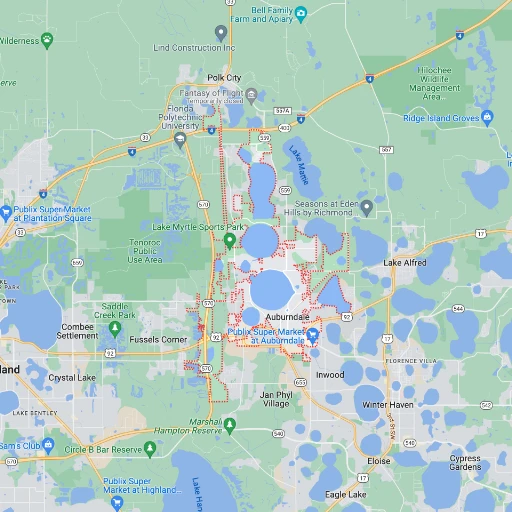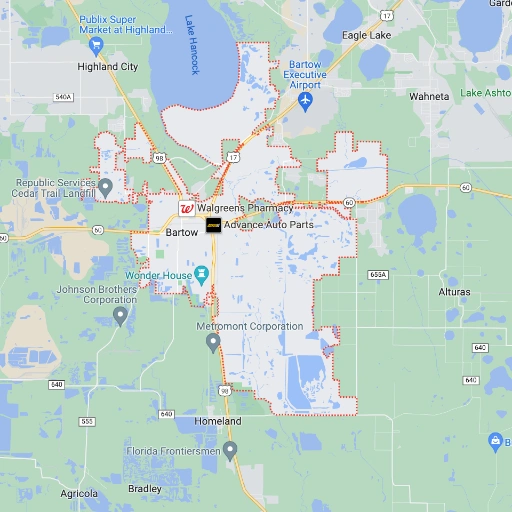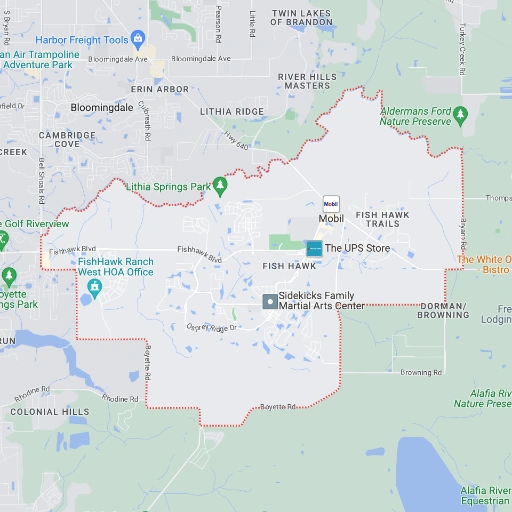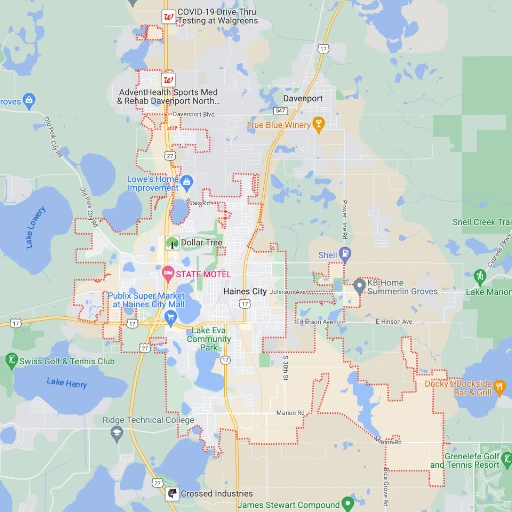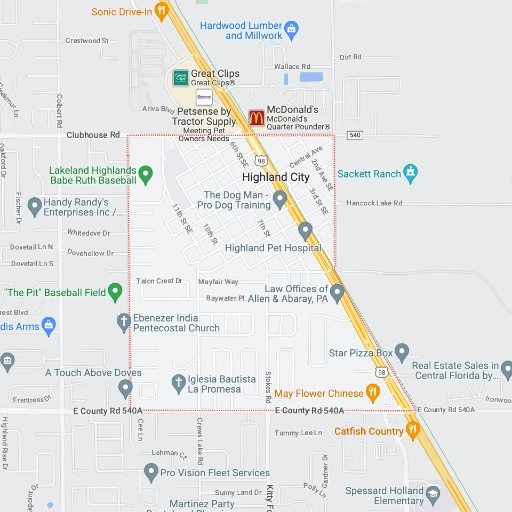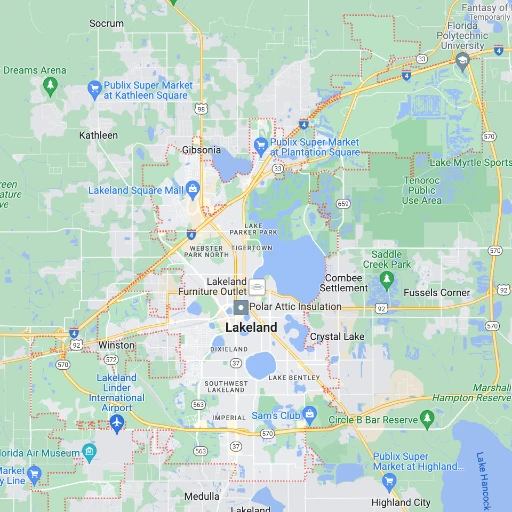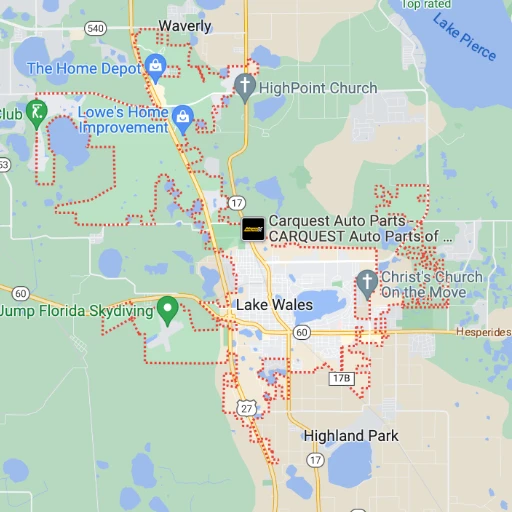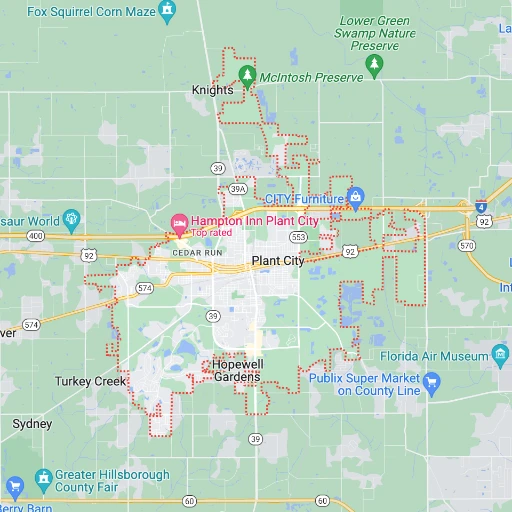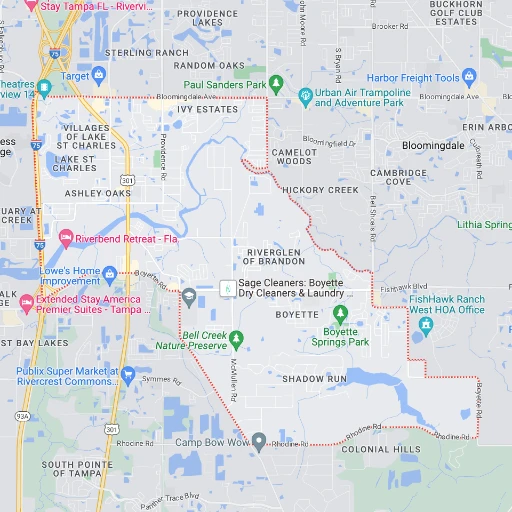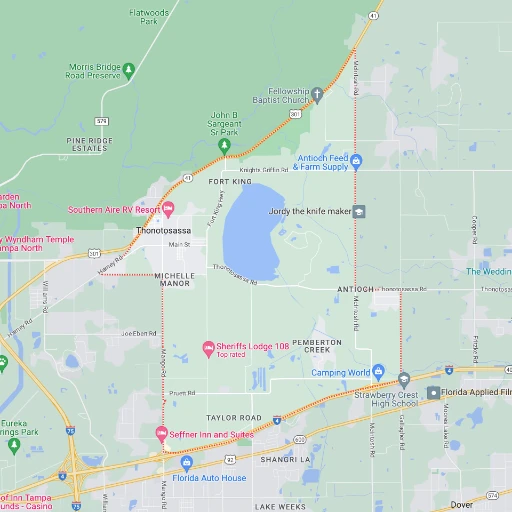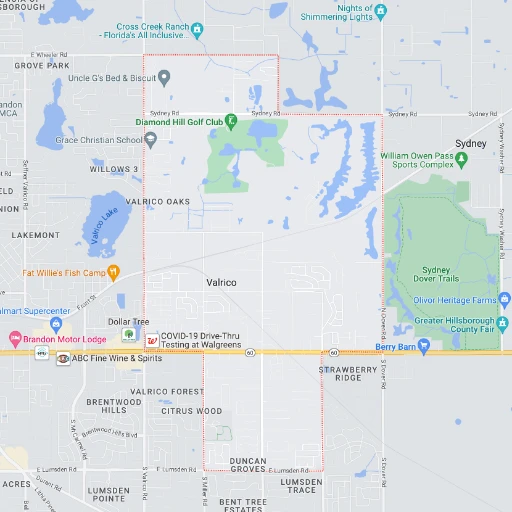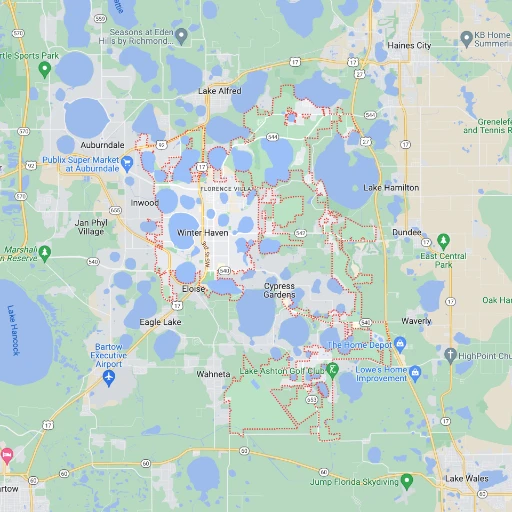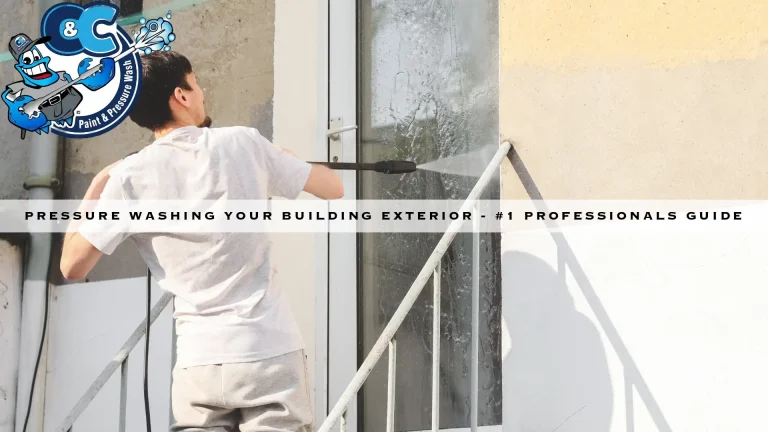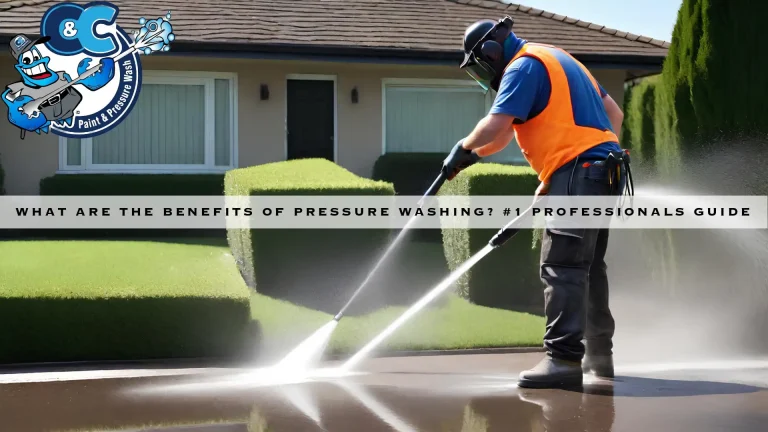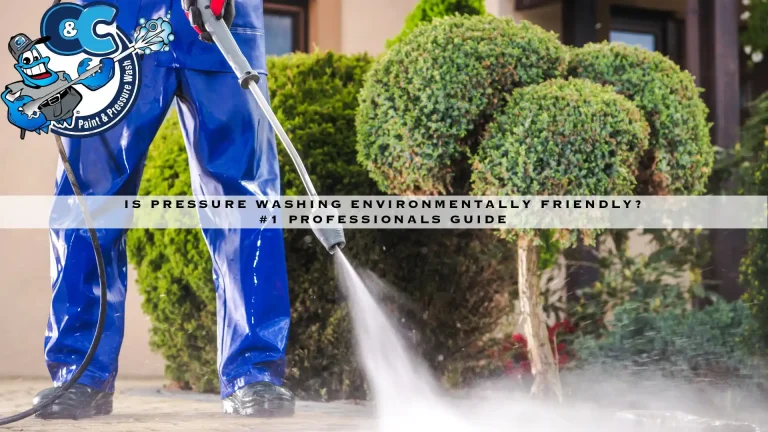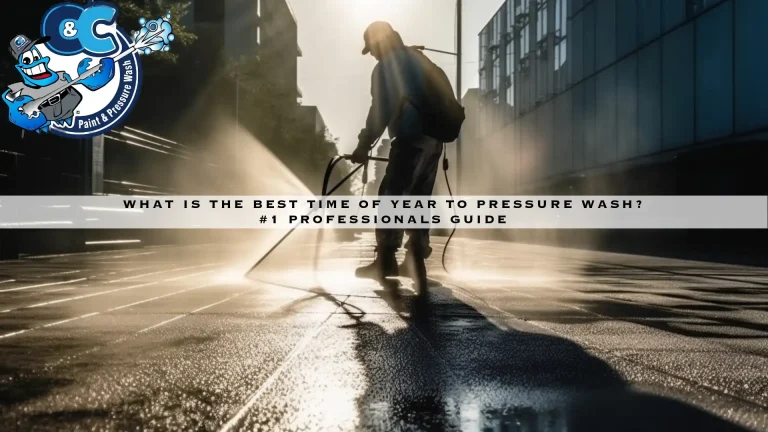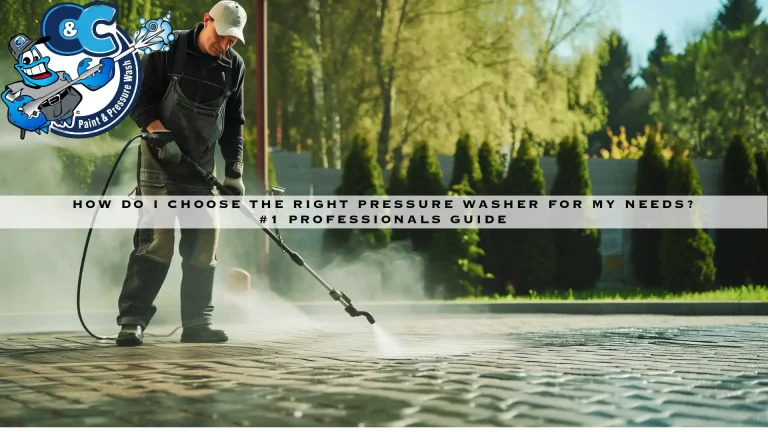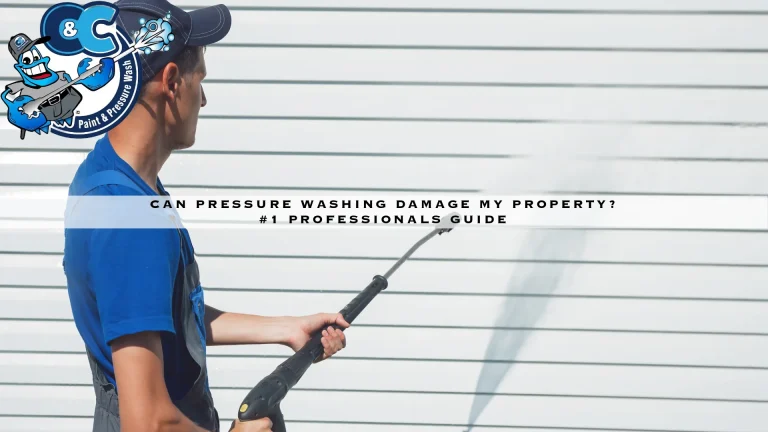WE’RE FULLY LICENSED AND INSURED!
IS THE OTHER GUY?
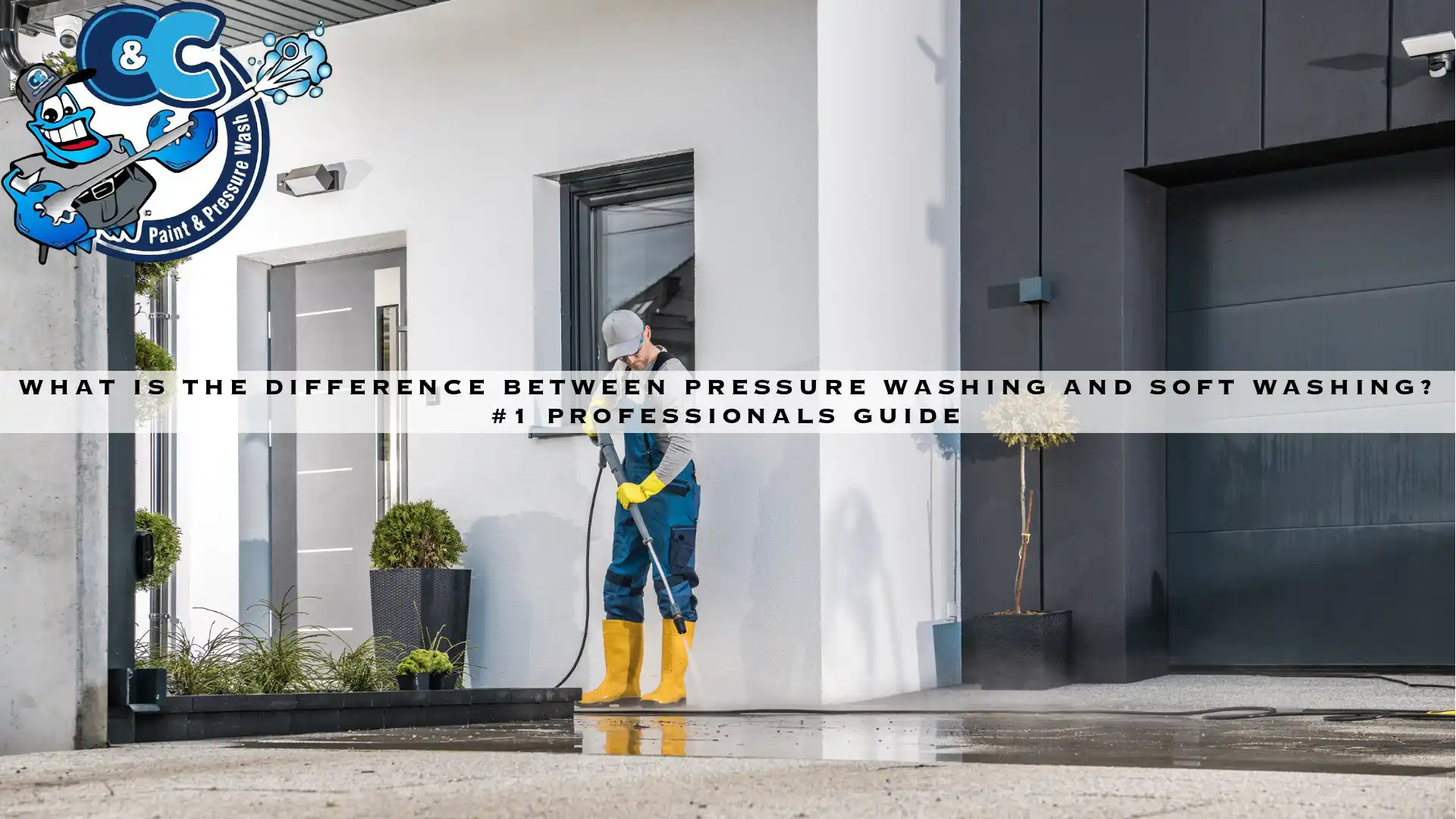
Pressure Washing vs Soft Washing | #1 New How to Guide
Introduction: Pressure Washing vs Soft Washing | #1 New How to Guide
As a homeowner, you’re likely familiar with pressure washing to clean your home’s exterior surfaces. But have you ever heard of soft washing? Understanding the critical differences between pressure and soft washing is essential for choosing the proper cleaning method for your home. This guide will explore the distinction between these two techniques and provide expert insights on when to use each method for optimal results.
The Story:
Last summer, Sarah decided it was time to thoroughly clean her home’s exterior. As she began researching pressure washing services, she came across the term “soft washing” and was intrigued by the idea of a gentler alternative. Unsure of the differences between pressure and soft washing, Sarah contacted a professional for guidance.
What Is The Difference Between Pressure Washing vs Soft Washing?
Pressure washing and soft washing are both effective methods for cleaning exterior surfaces, but they differ in several key aspects:
1. Water Pressure:
– Pressure Washing: Pressure washing utilizes high-pressure water streams to dislodge and remove dirt, grime, and contaminants from surfaces. The water pressure can range from 1,500 to 4,000 pounds per square inch (psi), making it ideal for tougher stains and heavy-duty cleaning tasks.
– Soft Washing: Soft washing, on the other hand, uses lower water pressure, typically ranging from 100 to 500 psi. This gentler approach suits more delicate surfaces, such as painted siding, stucco, and roofing materials, where high-pressure water could cause damage.
2. Cleaning Solutions:
– Pressure Washing: Pressure washing often relies solely on water to clean surfaces effectively. However, in some cases, detergents or cleaning solutions may enhance cleaning power and remove stubborn stains.
– Soft Washing: Soft washing typically involves using specialized cleaning solutions or detergents applied to the surface before rinsing with low-pressure water. These solutions are designed to break down dirt, mold, mildew, and other contaminants without high-pressure water.
3. Applications:
– Pressure Washing: Pressure washing is well-suited for cleaning hard surfaces such as concrete driveways, brick walls, and stone pathways. It’s also practical for removing tough stains, graffiti, and chewing gum.
– Soft washing is ideal for cleaning more delicate surfaces, including painted siding, vinyl siding, wood decking, and asphalt shingles. It’s particularly effective for removing mold, mildew, algae, and lichen growth without damaging the surface.
Benefits of Pressure Washing vs Soft Washing:
Both pressure washing and soft washing offer several benefits for homeowners:
1. Enhanced Curb Appeal: Both methods effectively remove dirt, grime, and contaminants, restoring the appearance of your home’s exterior and enhancing its curb appeal.
2. Preventative Maintenance: Regular cleaning helps prevent the buildup of mold, mildew, and algae, prolonging the lifespan of exterior surfaces and reducing the need for costly repairs or replacements.
3. Customized Solutions: Professional technicians can assess your home’s exterior and recommend the most appropriate cleaning method based on the surface material, condition, and cleaning requirements.
Conclusion:
In conclusion, understanding the differences between pressure washing vs soft washing is essential for selecting the proper cleaning method for your home’s exterior surfaces. Whether you’re dealing with tough stains on concrete or delicate siding, there’s a cleaning solution tailored to your needs. So, which method will you choose to keep your home looking new?
Contact CCPaintandPressureWash.com today to embark on a journey to a cleaner and more vibrant exterior that will leave you wondering why you didn’t do it sooner.
